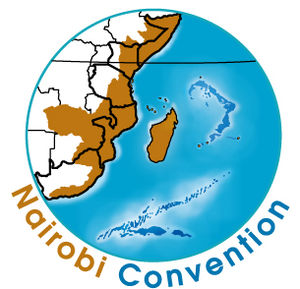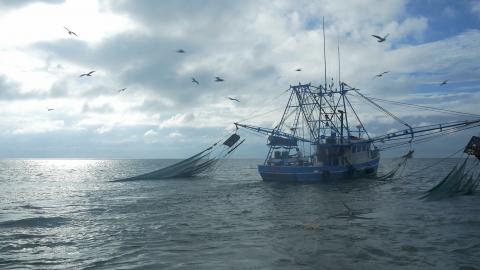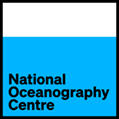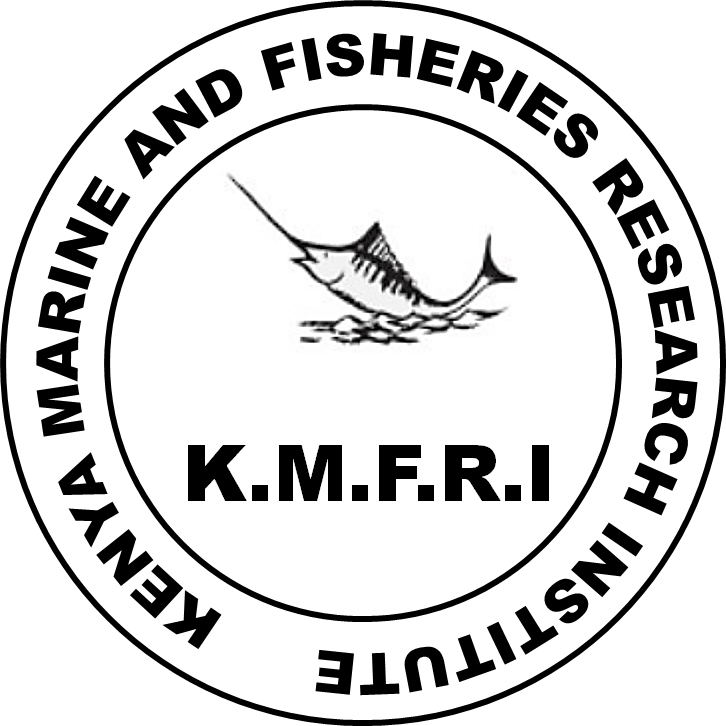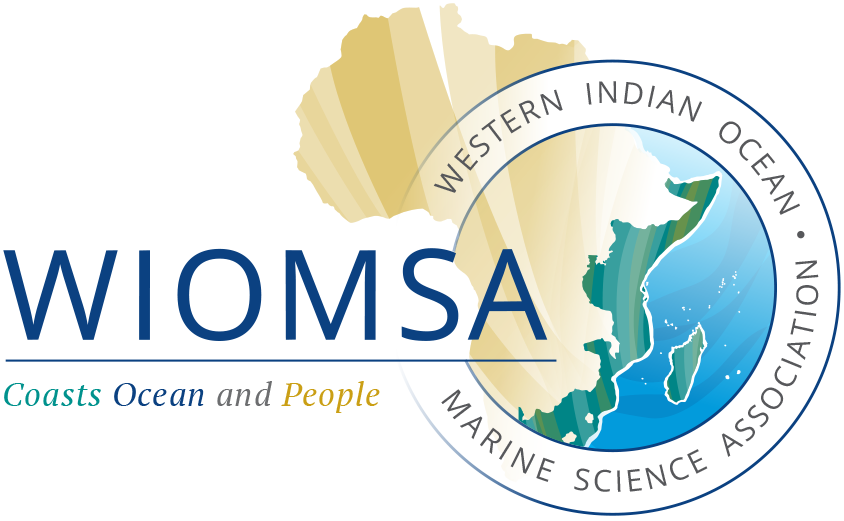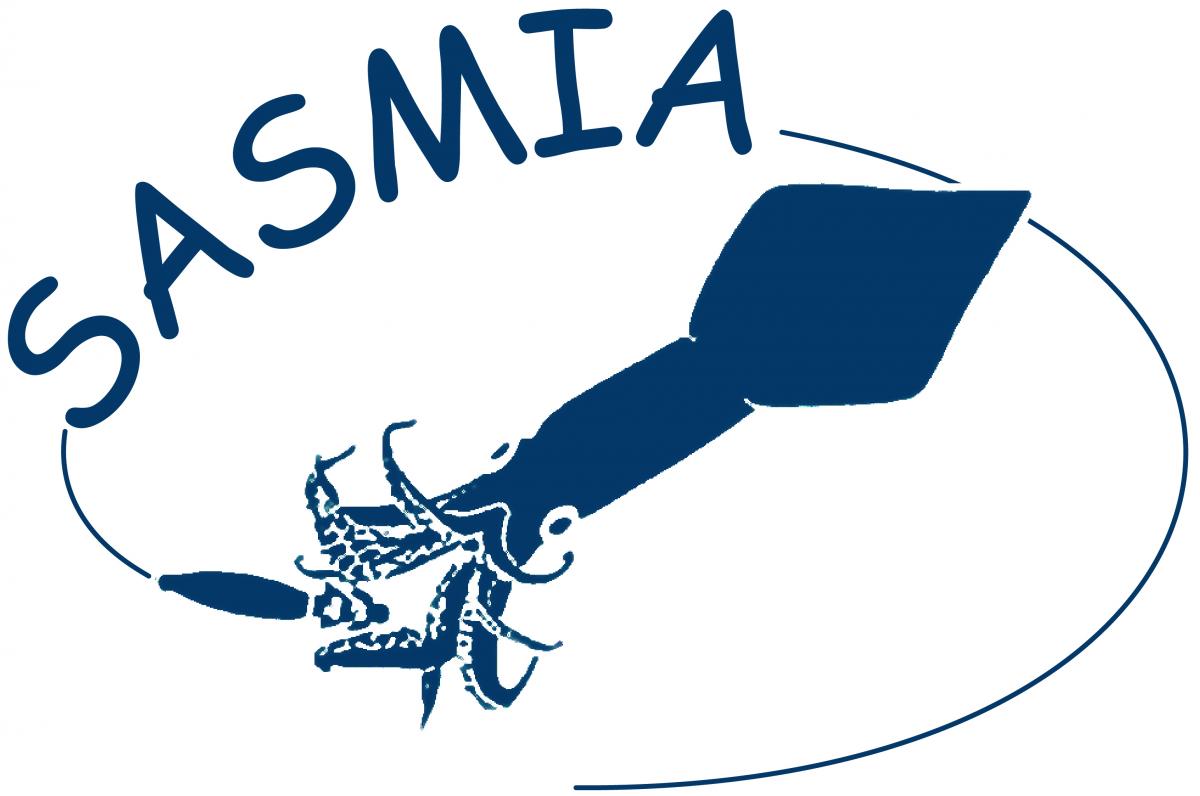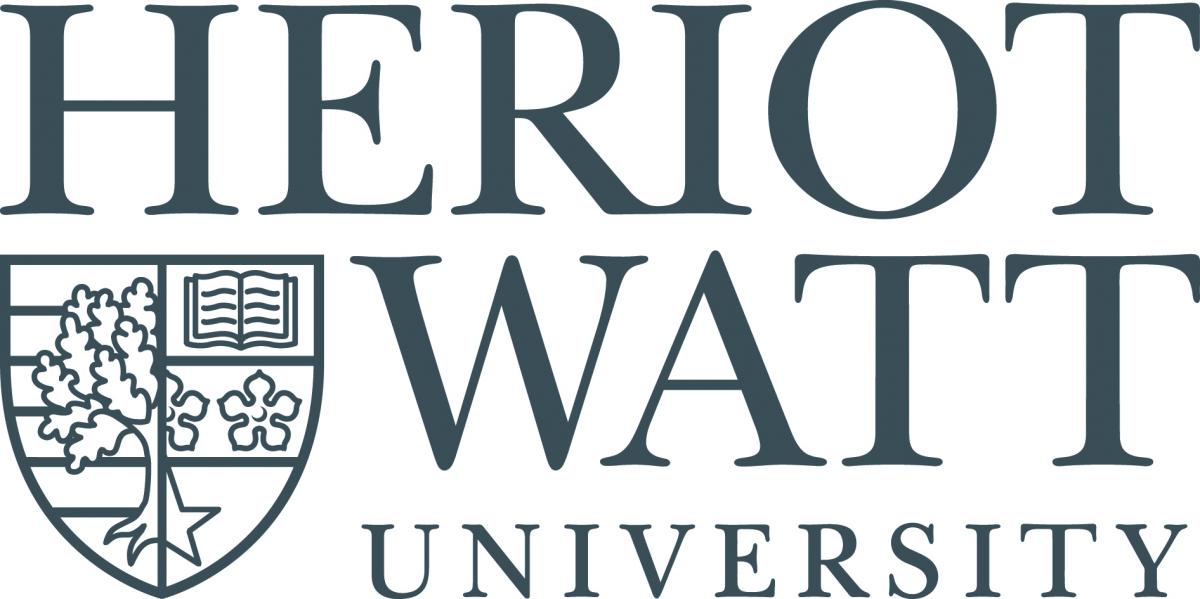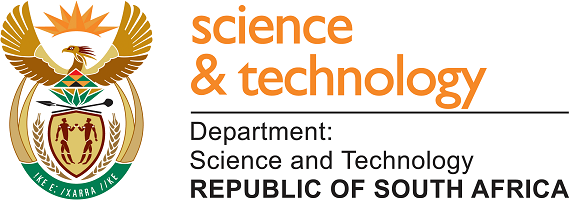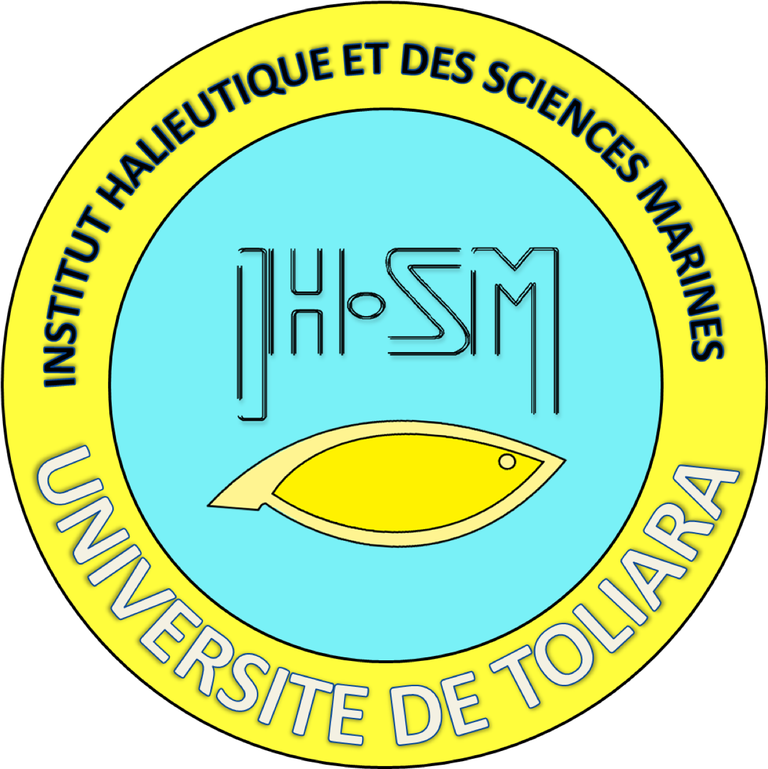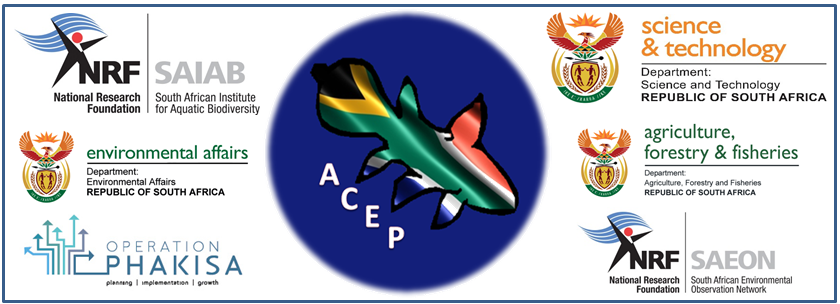SOLSTICE-WIO and SAPPHIRE Projects support complimentary policy-relevant research around fisheries and supporting environments to benefit WIO countries
Sustainable Oceans, Livelihoods and food Security Through Increased Capacity in Ecosystem research in the Western Indian Ocean (SOLSTICE-WIO) is a four-year project, funded by the UK Global Challenges Research Fund (GCRF). The project is active in three WIO countries (Tanzania, Kenya and South Africa), with the objective of undertaking novel and collaborative research to understand selected WIO fisheries and the impacts of current and future changes.
The Western Indian Ocean Large Marine Ecosystems Strategic Action Programme Policy Harmonisation and Institutional Reforms (WIO LME SAPPHIRE) Project aims to assist and support government institutions in the WIO region to implement activities needed to deliver the regionally agreed Strategic Action Programme. This Programme has been developed by the countries with the support of the UNDP, GEF financed Agulhas and Somali Current Large Marine Ecosystems (ASCLME) project, and the South West Indian Ocean Fisheries Project. SAPPHIRE is being executed by the Nairobi Convention and implemented by UNDP with GEF funding. The project benefits the Governments of Comoros, Kenya, Madagascar, Mauritius, Mozambique, Seychelles, Somalia, South Africa and Tanzania. The overall objective of the SAPPHIRE Project is to achieve effective long-term ecosystem management in the Western Indian Ocean LMEs in line with the Strategic Action Programme as endorsed by the participating countries. It has five integrated components and each of them are intended to achieve complementary outcomes.
Component 1: Supporting Policy Harmonization and Management Reforms towards improved ocean governance.
Component 2: Stress Reduction through Community Engagement and Empowerment in Sustainable Resources Management.
Component 3: Stress Reduction through Private Sector/Industry Commitment to transformations in their operations and management practices.
Component 4: Delivering best practices and lessons through innovative ocean governance demonstration.
Component 5: Capacity Development to Realize improved ocean governance in the WIO region.
Under Component 4, SAPPHIRE is supporting KMFRI in Kenya and IMS in Tanzania to undertake oceanographic research on the North Kenya Bank and the northern Pemba Channel respectively, designed to inform policy and governance of these important ecosystems.
SOLSTICE has demonstrated its approach to strengthening research capacity through three fisheries-related case studies in Kenya (North Kenya Bank), Tanzania (Pemba Channel), and South Africa. These have been selected by partners in each of the three countries.
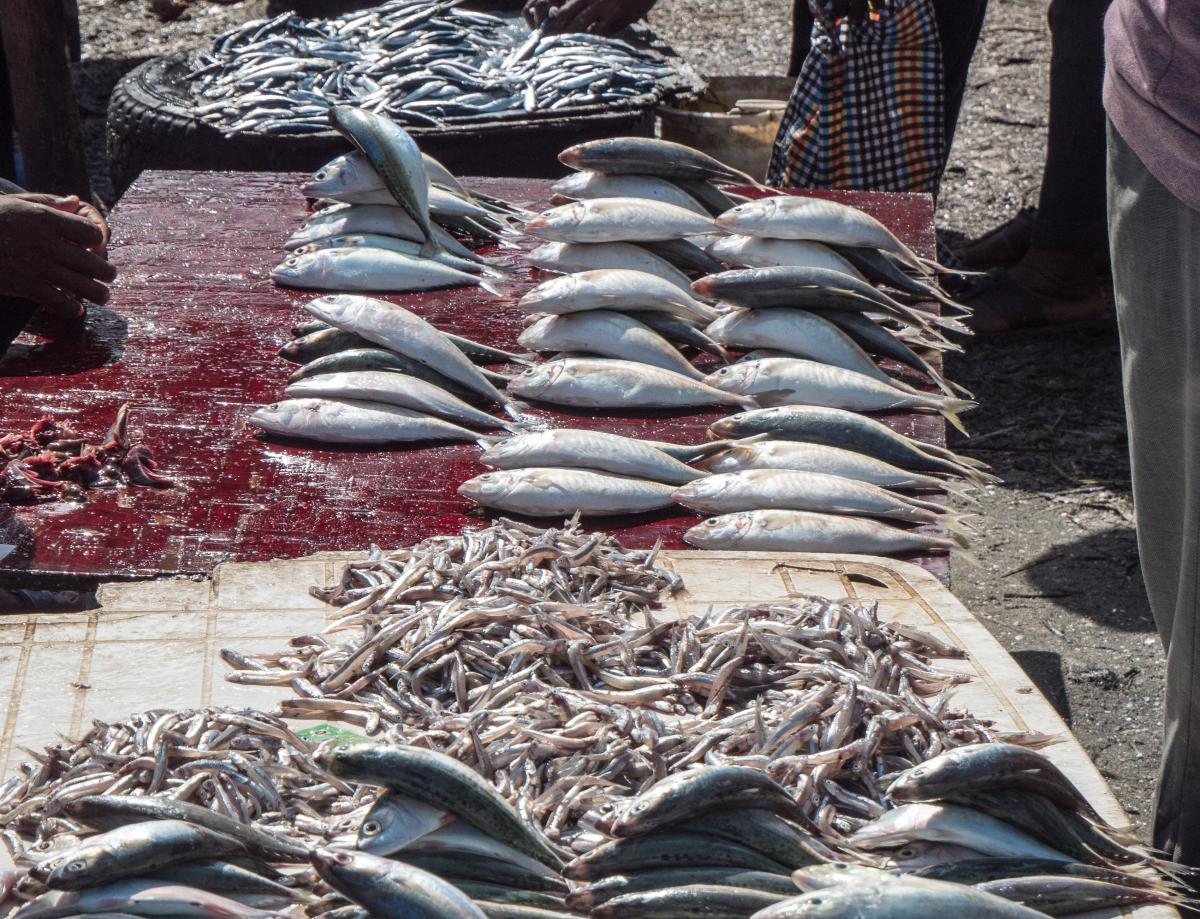 Tanzania Case Study: Pemba Channel small pelagic fishery under climate threat.
Tanzania Case Study: Pemba Channel small pelagic fishery under climate threat.
The small pelagic fishery is important for local communities in Zanzibar and mainland Tanzania as a source of food security, nutrition and livelihood support. This diverse fishery includes mackerel, sardines and anchovies – found in schools over the continental shelf, in bays and deep lagoons with nutrient-rich waters. They are more abundant during the southeast monsoon, when stronger winds drive upwelling that brings nutrient-rich water to the surface.
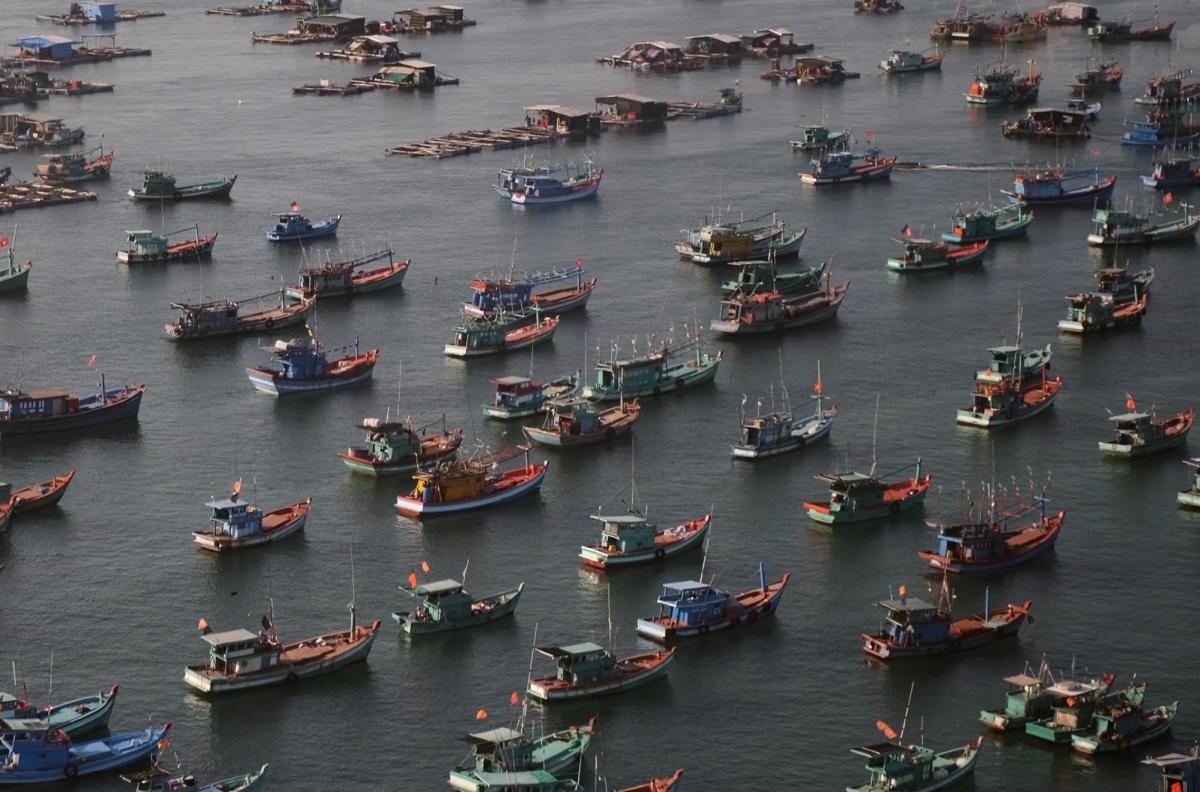 Kenya Case Study: Emerging fishery of the North Kenya Bank, an opportunity for coastal populations.
Kenya Case Study: Emerging fishery of the North Kenya Bank, an opportunity for coastal populations.
The North Kenya Bank fishery is expected to spur economic growth for local communities. If well managed, it could help achieve national development goals, including poverty alleviation and wealth creation. Sustainability requires informed management interventions, but there is only scant information on the ecological status and drivers of the fishery.
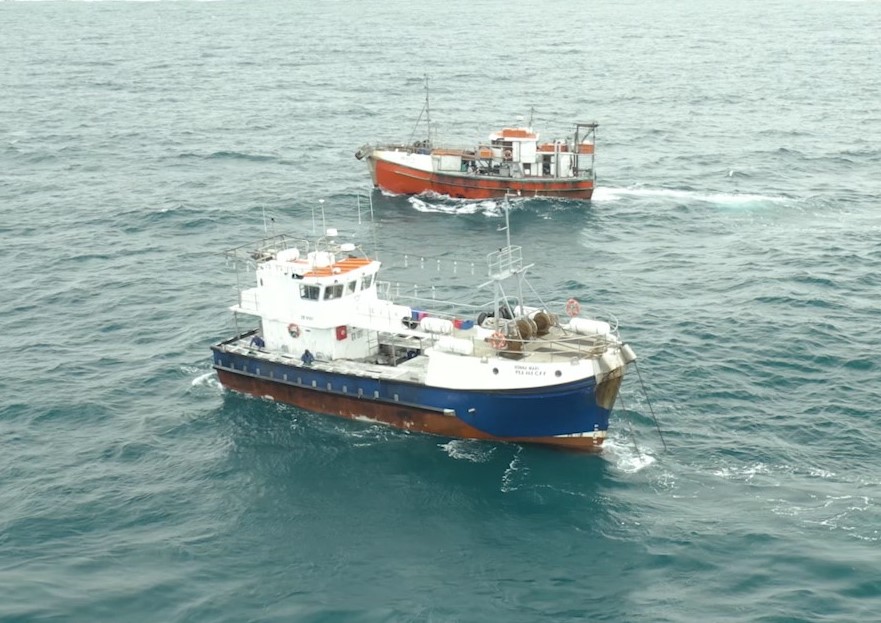 South Africa Case Study: Environmental drivers and socio-economic consequences of the South African Chokka squid fishery collapsing.
South Africa Case Study: Environmental drivers and socio-economic consequences of the South African Chokka squid fishery collapsing.
The collapse of the Chokka squid fishery in 2013 had a devastating effect on the Eastern Cape, one of the poorest provinces in South Africa. The reasons for the collapse are unknown, although local fishermen believe it happened as a result of environmental change. SOLSTICE-supported research is addressing key environmental and anthropogenic factors controlling the ecosystem dynamics of the Agulhas Bank. The results will help explain why the fishery collapsed, and inform the fishery and government as to whether the current recovery is stable, or whether similar collapses are likely in the future.
Scientists working in-country at institutions supported through both the SOLSTICE and SAPPHIRE Projects have recognized the valuable body of science-based research outputs that have been generated. At a country level, the science teams will be working with these research findings to inform the 2021 revisions of the national Marine Ecosystem Diagnostic Analyses (MEDAs) that will subsequently inform the revision of the regional Transboundary Diagnostic Analysis (TDA).
Both the SAPPHIRE and SOLSTICE Projects are facilitating the development of policy briefs by national teams. In addition, the uptake of Science into Policy is outlined in the SOLSTICE Science to Policy Action plan, facilitated by WIOMSA, which enables research outputs to be taken up into national, regional and transboundary policy processes in the WIO region. These complementary initiatives designed to inform the science-to-policy process and bring fisheries and environmental research activities closer together in the WIO provide an excellent example of governments focusing support from diverse sources towards priority issues in their respective countries.

